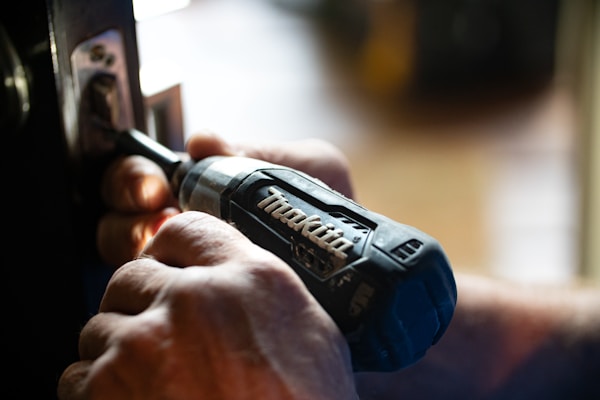They’re one of the most frequently used and important features of our homes, but we don’t think about them nearly enough. Doors connect our home to the outside world, allow us to move from one room to the next, and offer privacy when needed. When it comes to choosing the right door for your home, there are a few important things to consider.
Door Design
Doors come in a wide variety of shapes and sizes, and choosing the right one for your home may take a little time. When selecting a door, consider the function of the door and the environment in which it will be used. For example, if you need a door that will provide privacy, you may want to choose a model with a frosted glass panel. If you are looking for a front door, you will need to take into account factors such as security and insulation.
It is also important to think about the style of your home when choosing a door. A traditional home may benefit from a classic wooden door, while a more contemporary home could benefit from a sleek metal model.
Climate should also be considered when making a choice. A front door should be able to withstand harsh weather conditions, while an interior bedroom door may not need to be as sturdy.
Glass or Panel Doors

When it comes time to replace an exterior door, you may be faced with a choice: glass or panel doors. Both have their pros and cons, which is why it’s important to understand the difference before making your decision.
Glass doors are typically made from either tempered or safety glass. This type of glass is designed to shatter into small pieces that won’t cause any serious injuries if broken. Glass doors provide a lot of natural light and can help make a space feel bigger. They also allow you to see who is at the door before opening it. However, they can be more expensive than panel doors and may not be as energy-efficient.
Panel doors are made from a variety of materials, including wood, fiberglass, and steel. They are less expensive than glass doors and are more energy efficient because they provide better insulation. Panel doors also come in a variety of styles and colors, so you can find one that will match your home’s exterior. However, they don’t let in as much natural light as glass doors do, and you can’t see who is at the door until it’s opened.
Thresholds and Casings
Thresholds and casings are often overlooked yet very crucial components. The threshold is the piece of wood that sits at the bottom of the door and seals it against the floor. It’s important to choose a threshold that is compatible with your flooring type. If you have a tiled floor, you’ll need a threshold with a slanted surface so that water can drain away. If you have a hardwood floor, you’ll need a flat threshold so that it doesn’t damage the wood.
The casing is the trim around the edge of the door. It’s important to choose casings that are compatible with your wall finish. If you have painted walls, you’ll need white or off-white casings. If you have wallpaper or textured walls, you’ll need casings in a color or texture that matches or complements your walls.
Warranty and Maintenance

Some doors come with a limited lifetime warranty while others have a shorter warranty period. It is important to find out what is covered under the warranty and what is not. Additionally, you will want to find out how easy it is to get replacement parts if something breaks or gets damaged.
Maintenance of a door can be tricky, depending on the material and style of the door. For example, wood doors require regular sealing and staining to protect them from the elements, while metal doors may only need a quick wipe-down now and then. Be sure to ask about maintenance requirements when you are shopping for a new door.















